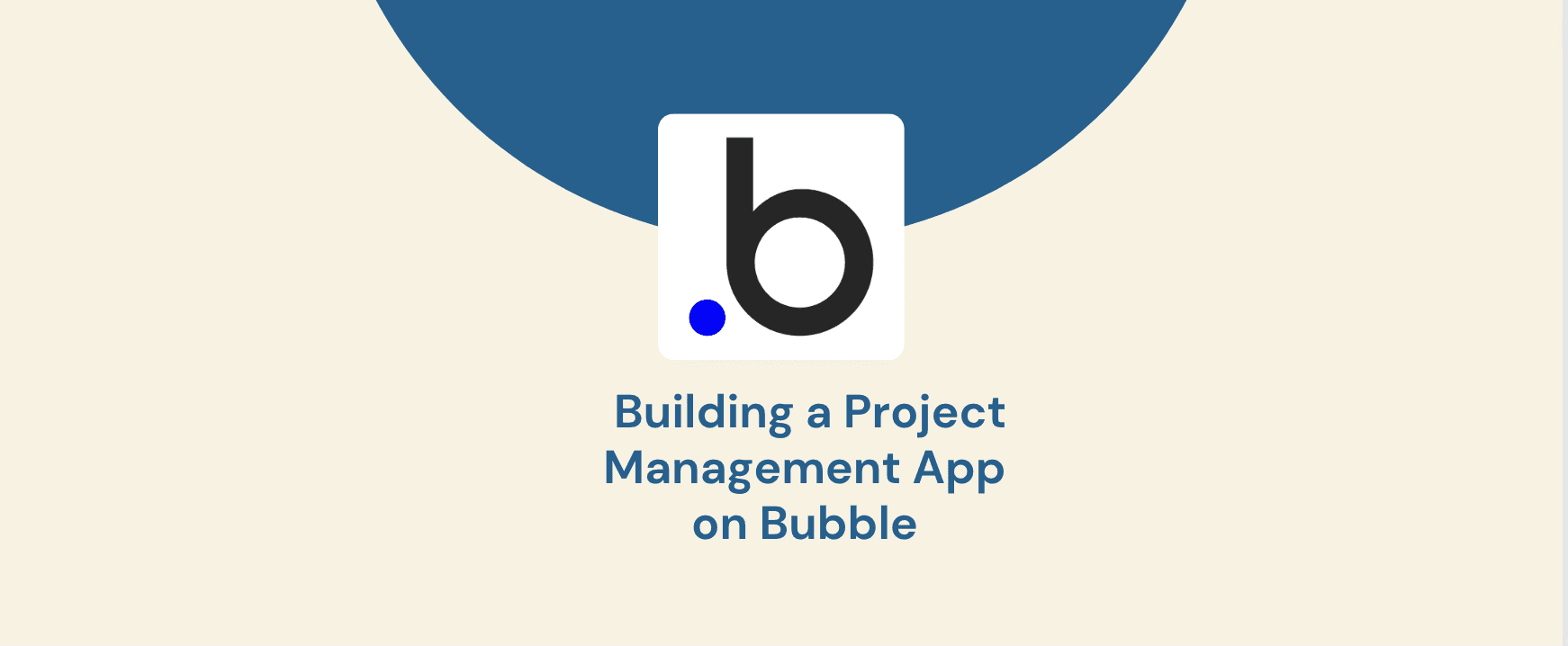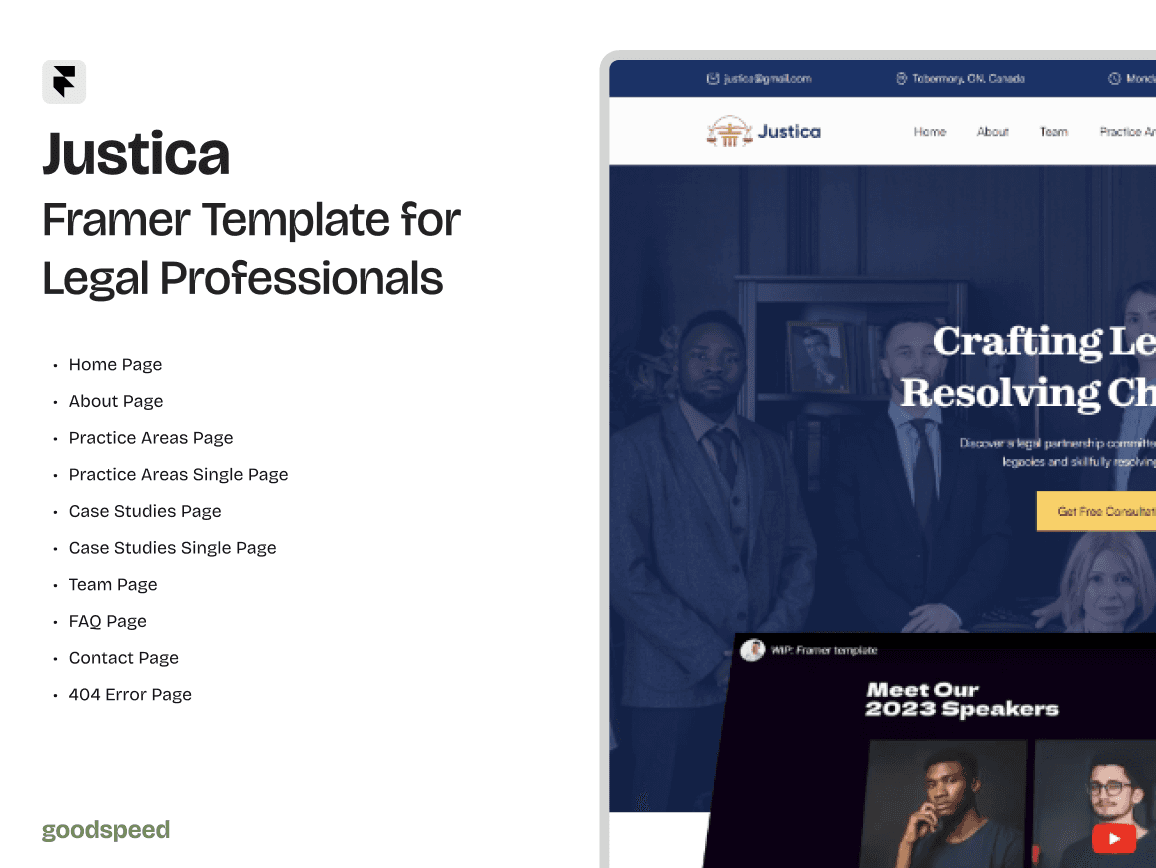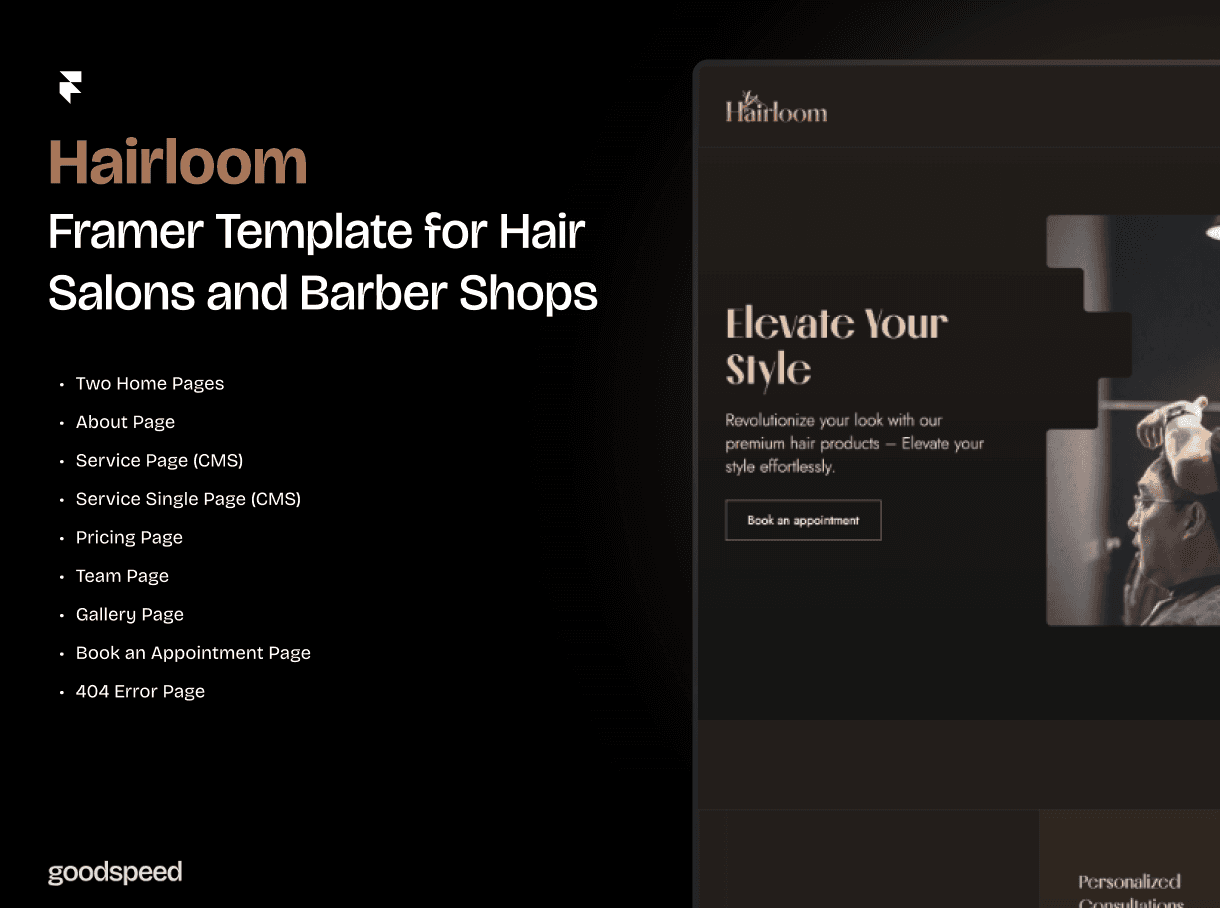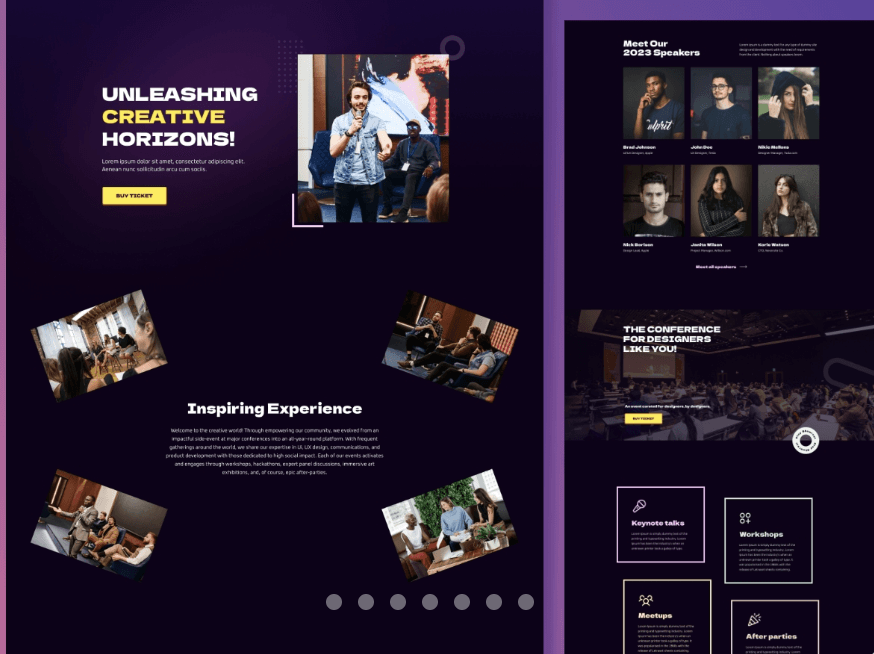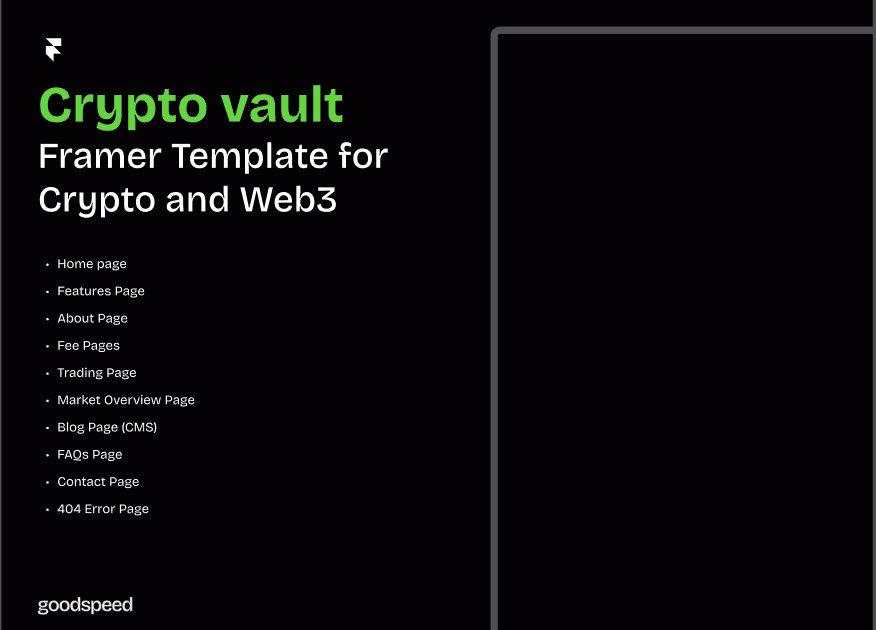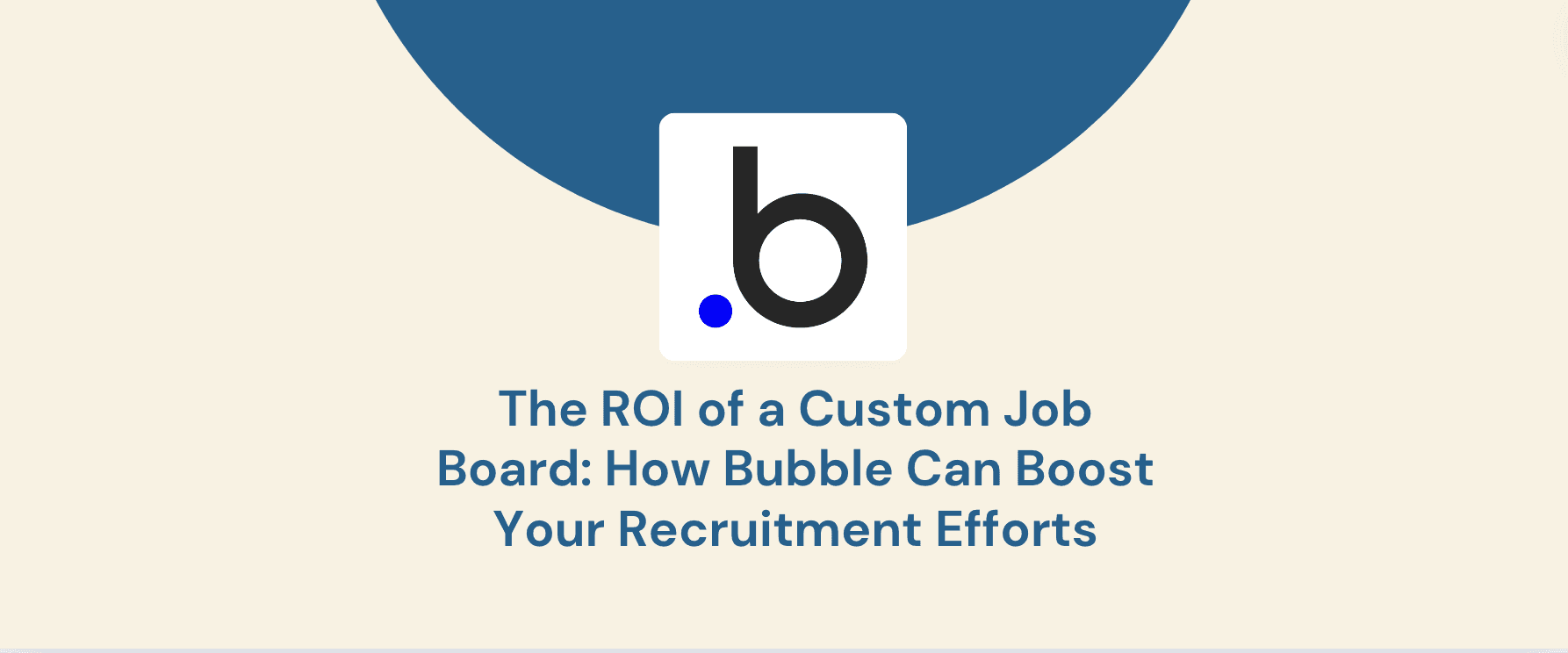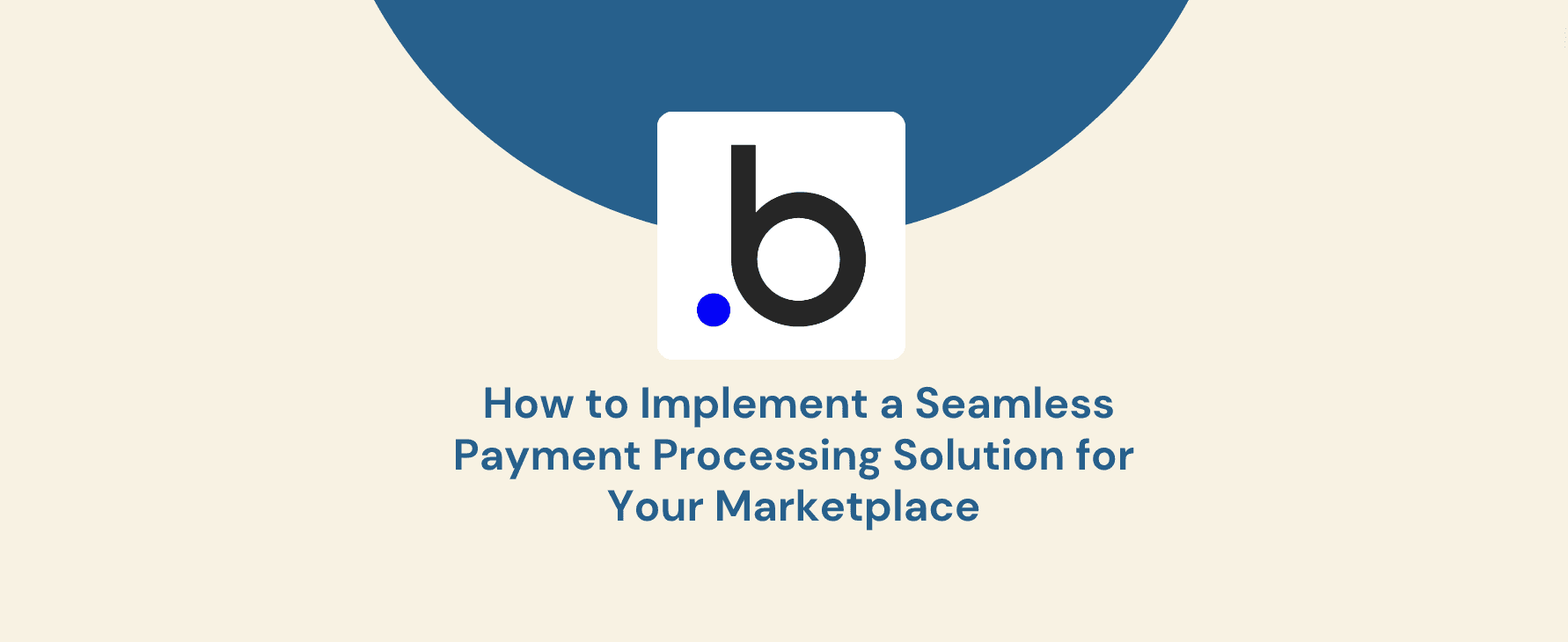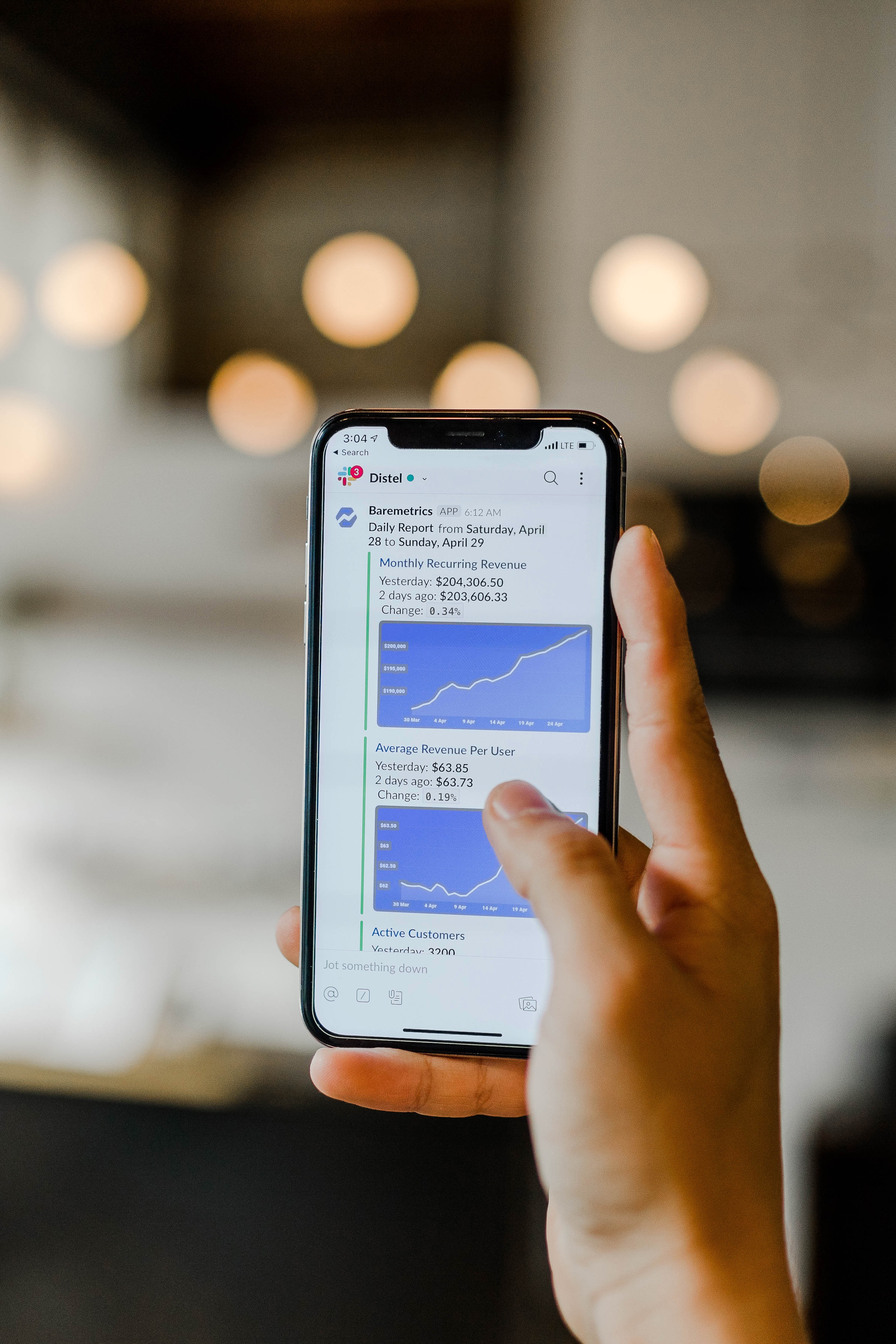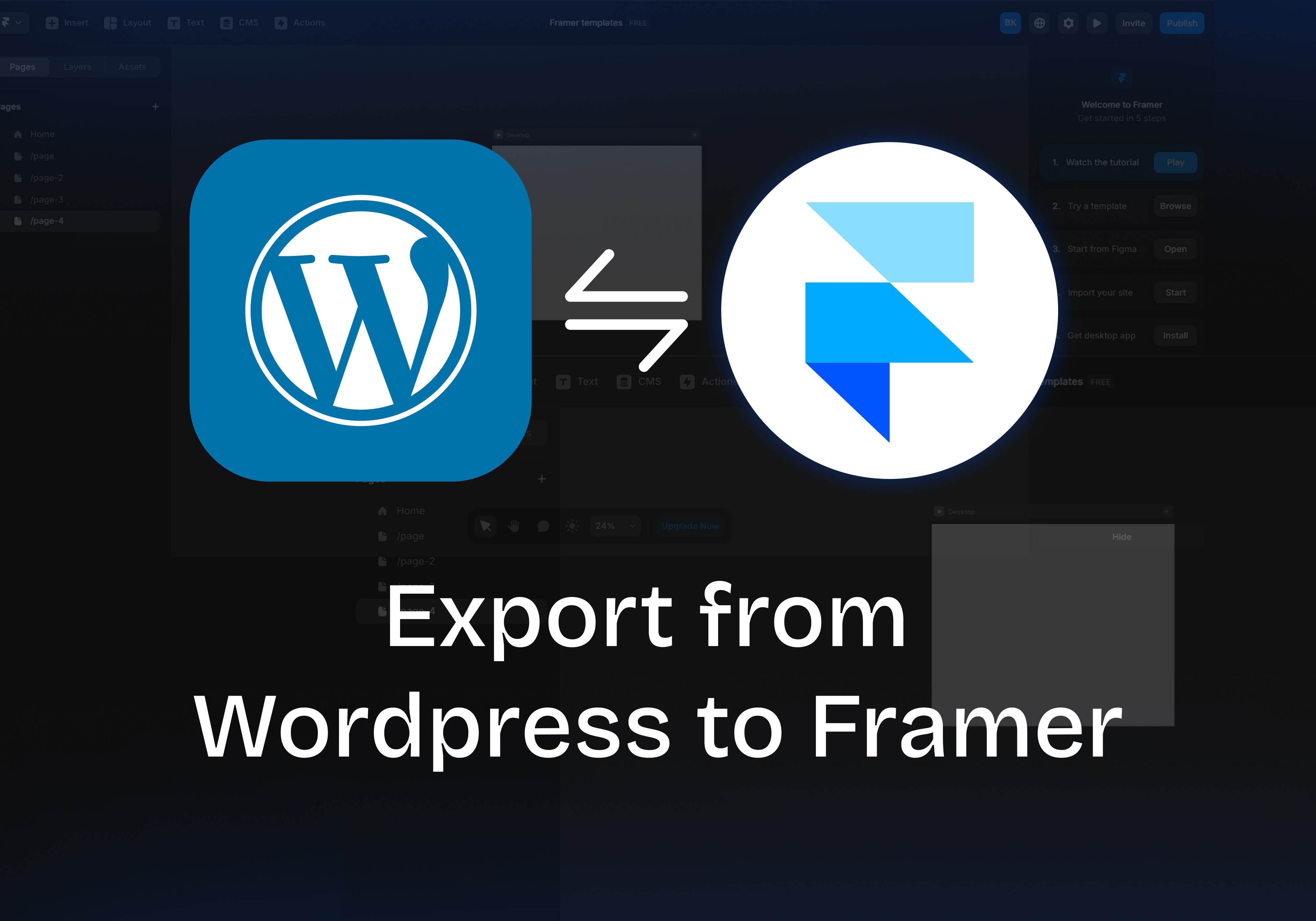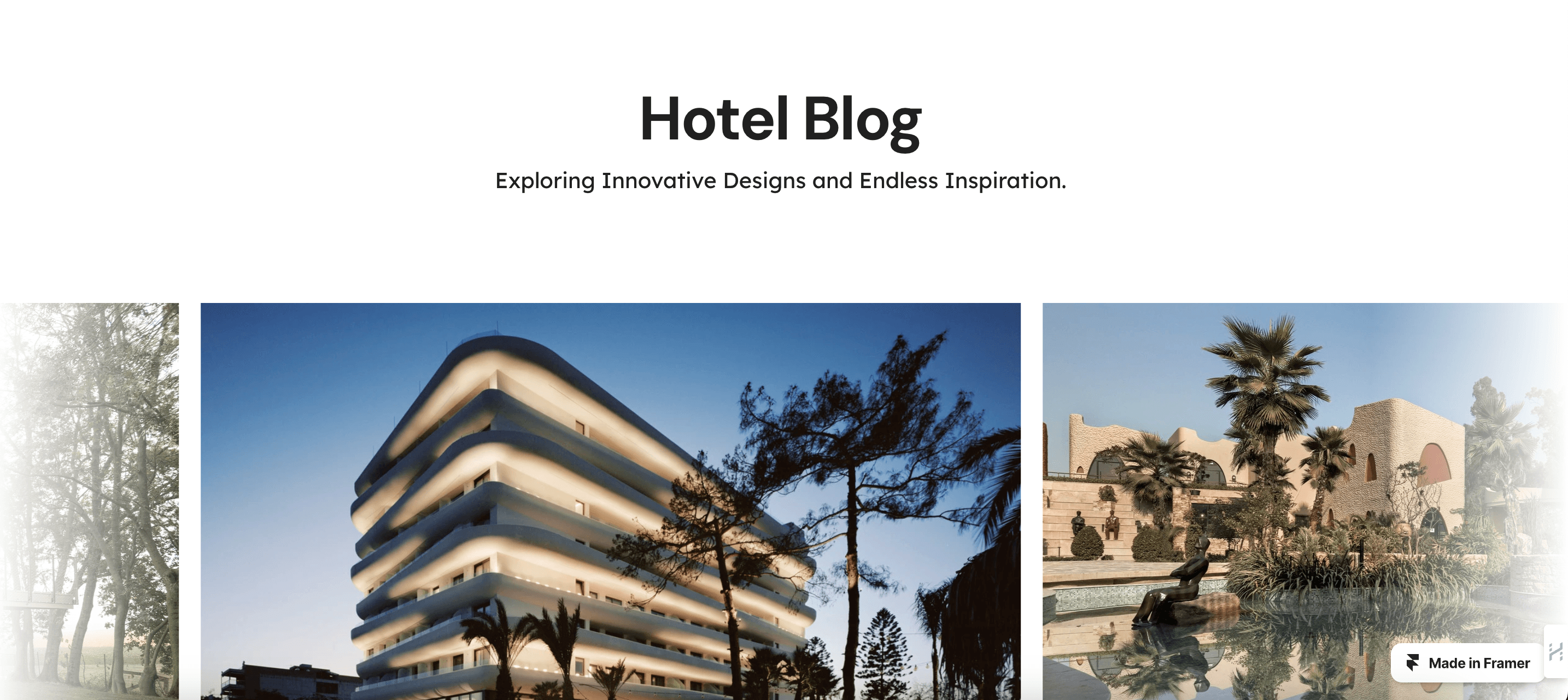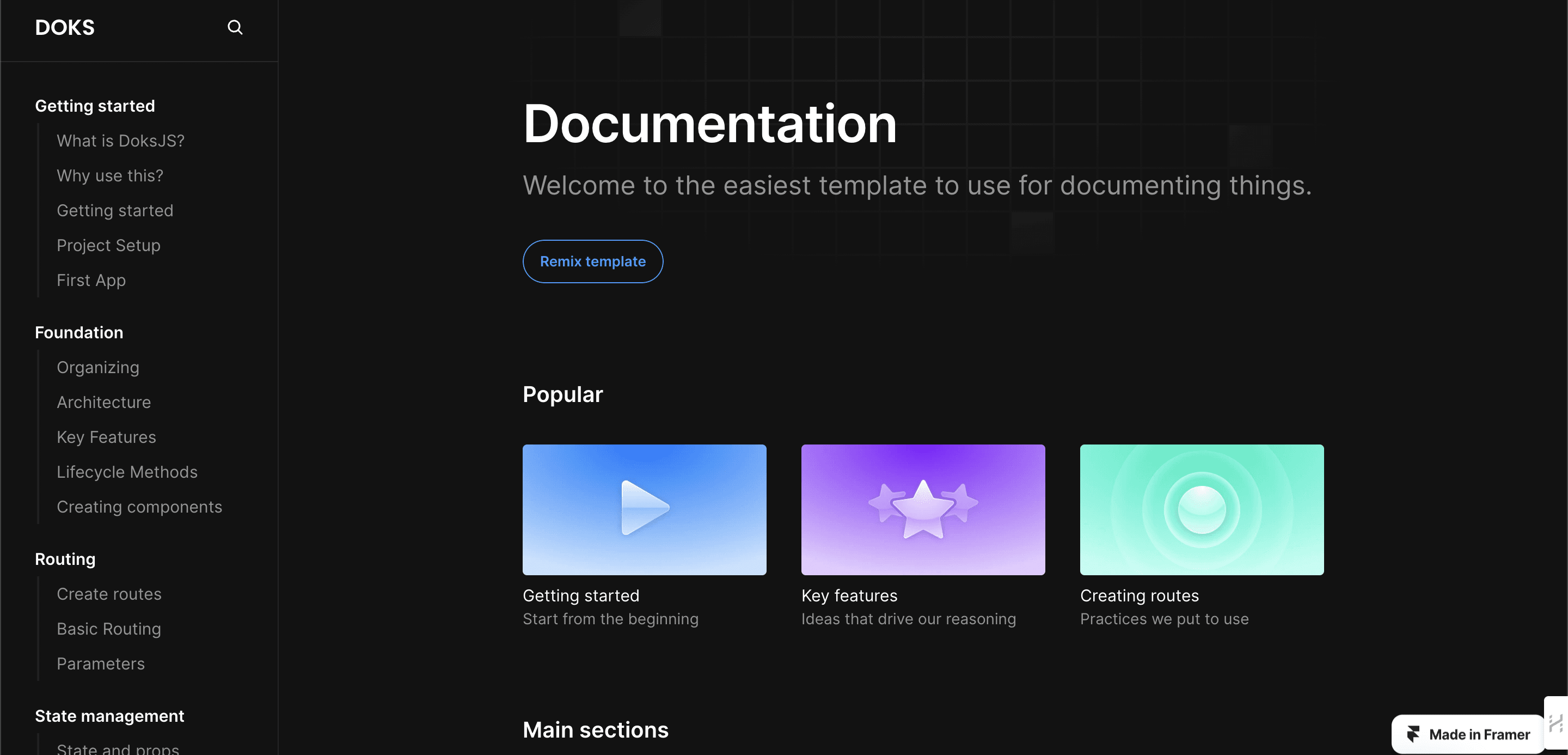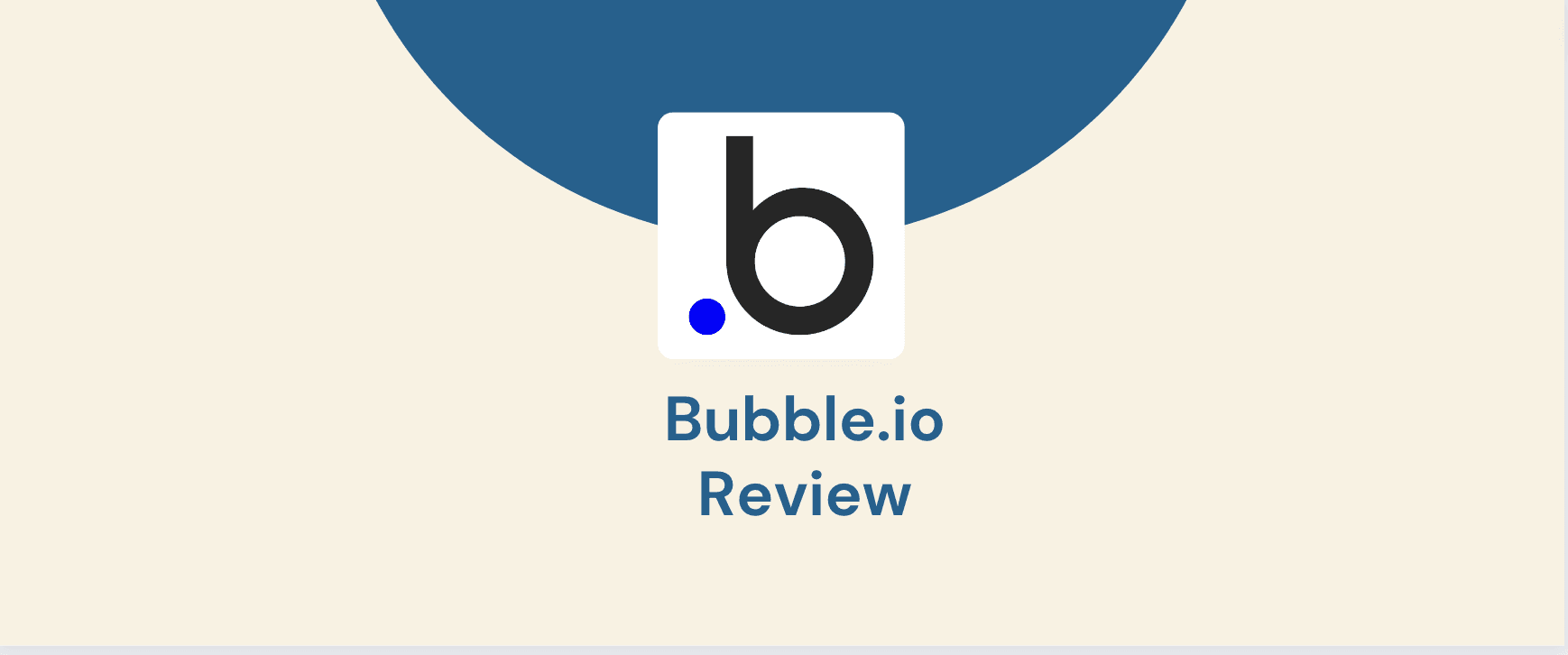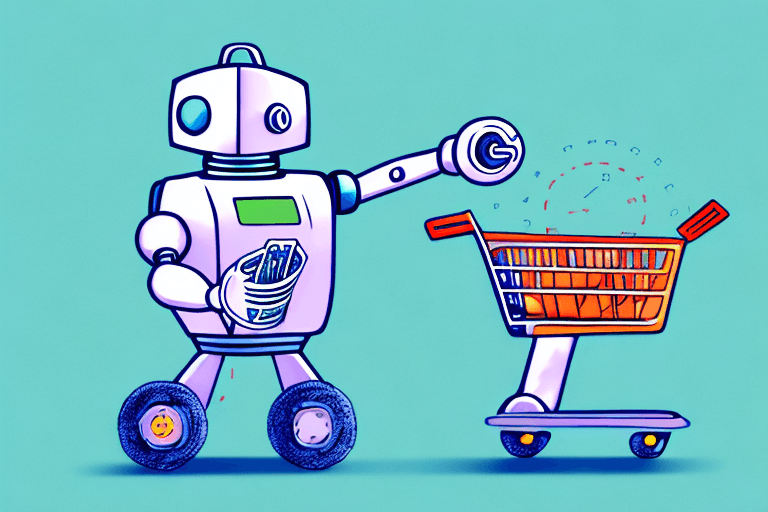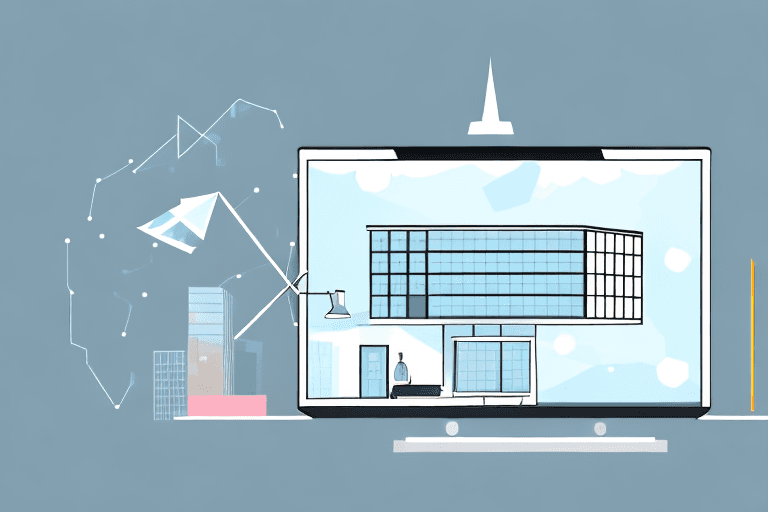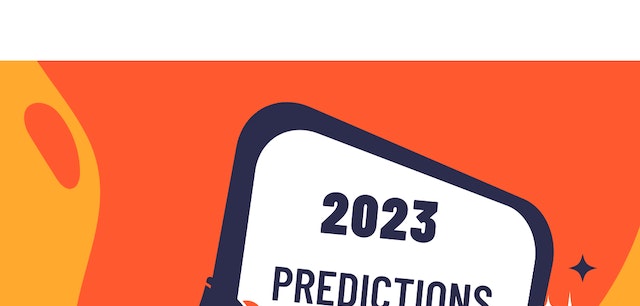In recent years, the world has seen a dramatic increase in the use of no-code platforms. These user-friendly tools enable anyone to create applications without needing technical expertise or coding experience. This has led to a revolution in the tech industry, with startups, small businesses, and individuals using no-code platforms to create innovative solutions to problems they face. One platform that has been making waves in the no-code space is Bubble. With its robust features and ease of use, Bubble is transforming the Swedish tech scene and empowering entrepreneurs to build successful businesses.
The Rise of No-Code Platforms
The rise of no-code platforms can be attributed to several factors, including the democratization of technology, the need to reduce development costs, and the desire for faster time-to-market. With no-code platforms, entrepreneurs can easily create MVPs (minimum viable products) and test their ideas in the market. This means they can quickly determine if their business idea is viable and make changes before investing too much time or money into development.
One of the key advantages of no-code platforms is that they allow businesses to focus on their core competencies, rather than spending time and resources on software development. This is especially important for small businesses and startups, which often have limited budgets and resources. By using no-code platforms, these companies can create custom applications quickly and easily, without the need for technical expertise.
What is No-Code?
No-code refers to a process of building software applications without writing any code. Instead, no-code platforms provide a visual interface that allows users to drag and drop elements, organize them, and configure their behavior. This eliminates the need for developers to write complex code and enables non-technical individuals to create custom applications quickly and easily.
One of the key advantages of no-code platforms is that they enable rapid prototyping and iteration. This means that businesses can quickly test their ideas and make changes based on feedback, without the need for extensive development cycles. This is especially important in today's fast-paced business environment, where companies need to be agile and responsive to changing market conditions.
Benefits of No-Code Platforms
No-code platforms offer several benefits over traditional development approaches. For one, they allow companies to reduce development costs, as they no longer require technical expertise to build applications. Additionally, they enable fast iteration and prototyping, enabling businesses to quickly test their ideas and make changes based on feedback. Finally, no-code platforms help companies to be more agile, as they can quickly respond to changing market conditions, adjust their applications, and stay ahead of their competition.
Another benefit of no-code platforms is that they enable businesses to create custom applications that meet their unique needs. This is especially important in industries where off-the-shelf solutions may not be sufficient, or where customization is a key competitive advantage. By using no-code platforms, businesses can create custom applications that are tailored to their specific needs, without the need for extensive development resources.
Popular No-Code Tools
There are many no-code tools available today, each with its unique features and capabilities. Some of the most popular include Adalo, Webflow, and Airtable. These platforms offer different levels of customization and functionality, catering to various business needs, and use cases. However, one platform is quickly emerging as a game-changer in the no-code space: Bubble.
Bubble is a no-code platform that allows businesses to create complex web applications without writing any code. With Bubble, users can create custom workflows, integrate with APIs, and build complex data structures, all through a visual interface. Bubble has been used to create a wide range of applications, from e-commerce sites to social networks to internal business tools.
One of the key advantages of Bubble is its flexibility and scalability. Unlike other no-code platforms, Bubble allows businesses to create complex applications that can grow and evolve over time. This means that businesses can start small and expand their applications as their needs change, without the need for extensive development resources.
In conclusion, no-code platforms are rapidly changing the way businesses approach software development. By enabling rapid prototyping, fast iteration, and custom application creation, no-code platforms are empowering businesses of all sizes to create the applications they need to succeed in today's fast-paced business environment.
Bubble: A Game-Changer in the No-Code Space
Bubble is a powerful no-code platform that has been gaining popularity in recent years. With its drag-and-drop interface and intuitive design, Bubble has become a go-to solution for businesses that want to create custom web applications without writing any code.
What makes Bubble stand out from other no-code platforms is its flexibility and power. Unlike other platforms that restrict users to a limited set of templates and pre-built components, Bubble provides total control over the application's design and functionality. This not only enables users to create truly unique and custom applications, but it also provides more advanced features like data visualization, user management, and authentication.
What is Bubble?
Bubble is a visual programming platform that enables users to create custom web applications without writing code. The platform's drag-and-drop interface allows users to create custom workflows and automate tasks with ease. Bubble also offers a range of design tools that enable users to customize the look and feel of their applications easily.
One of the key advantages of using Bubble is that it allows users to create complex applications without any coding knowledge. This means that businesses can save time and money by avoiding the need to hire developers or learn how to code themselves.
Key Features of Bubble
Bubble offers a wide range of features that make it a robust and powerful no-code platform. Some of its key features include:
Drag-and-drop interface: Bubble's drag-and-drop interface makes it easy for users to create custom workflows and automate tasks without any coding knowledge.
Pre-built UI components: Bubble provides access to a library of pre-built UI components that can be customized to meet your needs. This saves time and effort by eliminating the need to create every element of your application from scratch.
Integrations with third-party services: Bubble integrates with many popular third-party services, such as Stripe, Google Maps, and Zapier, among others. This allows you to easily add functionality to your application without any coding knowledge.
Real-time collaboration: Bubble allows for real-time collaboration with team members and stakeholders. This means that everyone can work together on the same project, regardless of their location.
User management and authentication: Bubble provides robust user management and authentication features, which allow you to control who has access to your application and what they can do within it.
Data visualization and analytics: Bubble provides advanced data visualization and analytics tools that allow you to gain insights into your applications. This can help you make informed decisions about how to improve your application and better serve your customers.
The Swedish Tech Scene and No-Code Adoption
Sweden has long been known for being at the forefront of innovation and technology. The country is home to many successful startups and has a robust tech ecosystem that supports entrepreneurship and innovation. As such, it is no surprise that Sweden is one of the leading adopters of no-code platforms. Many businesses in Sweden are leveraging these platforms to quickly build custom applications that meet their unique needs.
Overview of the Swedish Tech Ecosystem
The Swedish tech ecosystem is a vibrant and dynamic environment that supports startups and entrepreneurship. The country has a robust funding ecosystem, access to world-class talent, and a supportive government bureaucracy. These factors combine to create an environment where innovative ideas can thrive.
Sweden is home to several well-known tech companies, including Spotify, Klarna, and iZettle. These companies have helped to create a culture of innovation and entrepreneurship in the country. The Swedish government has also been supportive of the tech industry, offering tax breaks and other incentives to encourage the growth of startups.
Why Sweden is Embracing No-Code Solutions
Sweden is known for being a tech-savvy country, with a high degree of technical expertise among its population. However, no-code platforms are still gaining popularity in the country due to their ease of use and cost-effectiveness. Businesses in Sweden are leveraging these platforms to build custom applications quickly and inexpensively. This, in turn, allows them to be more flexible and adaptable in an ever-changing market.
No-code platforms are particularly attractive to small and medium-sized businesses in Sweden. These businesses may not have the resources to hire a team of developers to build custom applications. No-code platforms allow them to build these applications themselves, without the need for any coding skills.
Success Stories of Swedish No-Code Startups
There have been many successful no-code startups in Sweden in recent years. One such example is the company MEMMO, which uses Bubble to create custom video messaging apps for celebrities and sports stars. MEMMO has been able to quickly scale its business and attract high-profile clients due to the ease and speed of building applications with no-code platforms.
Another example of a successful Swedish no-code startup is the fintech company Anyfin. Anyfin has used Bubble to build a platform that helps people refinance loans and save money. The company has been able to quickly iterate on its platform and add new features, thanks to the flexibility of no-code platforms.
Overall, the Swedish tech scene is thriving, and the adoption of no-code platforms is helping to fuel this growth. With a supportive government, access to world-class talent, and a culture of innovation, it is no surprise that Sweden is one of the leading adopters of no-code platforms in the world.
How Bubble is Empowering Swedish Entrepreneurs
Bubble is having a significant impact on the Swedish tech ecosystem, empowering entrepreneurs to build successful businesses quickly and easily. By offering a powerful, flexible, and intuitive platform for creating custom web applications, Bubble is rapidly becoming the go-to platform for startups and small businesses in Sweden.
Bubble's Impact on Startup Acceleration
Bubble is helping startups to accelerate their growth and bring their ideas to market more quickly. By simplifying the development process, entrepreneurs can focus on their core business ideas and iterate quickly based on user feedback. This not only speeds up the time-to-market, but it also reduces development costs and allows startups to be more agile in a rapidly changing market.
For example, a startup called "Greenify" used Bubble to create a custom web application that connects consumers with local farmers. The platform allows farmers to list their products and sell them directly to consumers, cutting out the middleman and reducing food waste. Thanks to Bubble's easy-to-use platform, Greenify was able to launch their platform in just a few months, and they are now serving customers across Sweden.
Case Studies of Swedish Businesses Using Bubble
Many Swedish businesses are using Bubble to create custom web applications that meet their unique needs. For example, energy company Svea Solar used Bubble to build a custom CRM system that enabled their sales team to manage leads and customers more effectively. Another example is the advertising agency Kurppa Hosk, which used Bubble to create a custom project management system that helped them streamline their workflow and increase productivity.
Another Swedish business that has benefited from Bubble is "EcoClean", a sustainable cleaning company. EcoClean used Bubble to create a custom scheduling and billing system that allowed them to manage their staff and clients more efficiently. Thanks to Bubble's platform, EcoClean was able to reduce their administrative workload and focus on providing high-quality cleaning services to their clients.
Bubble's Role in Fostering Innovation in Sweden
By providing an easy-to-use, flexible, and powerful no-code platform, Bubble is fostering innovation and entrepreneurship in Sweden. The platform's robust features and user-friendly interface enable entrepreneurs to bring their ideas to life quickly and easily, without needing technical expertise or writing a single line of code.
One example of a Swedish entrepreneur who used Bubble to bring their idea to life is "PetMatch", a platform that connects pet owners with local pet sitters. The founder of PetMatch, who had no prior coding experience, was able to use Bubble to create a custom web application that matched pet owners with pet sitters based on their location and availability. Thanks to Bubble's platform, PetMatch was able to launch their platform in just a few months, and they are now serving pet owners across Sweden.
Overall, Bubble is playing a vital role in empowering Swedish entrepreneurs to build successful businesses and bring their ideas to life. With its powerful platform and user-friendly interface, Bubble is helping to foster innovation and entrepreneurship in Sweden, and we can expect to see many more successful startups and small businesses emerge in the coming years.
Bubble is revolutionizing the no-code space and empowering entrepreneurs in Sweden and beyond to build successful businesses quickly and easily. As the Swedish tech ecosystem continues to grow, no-code platforms like Bubble will play an increasingly important role in helping businesses to stay agile, innovative, and competitive in an ever-changing market.
Who is Goodspeed?
Goodspeed is a leading no-code agency, founded out of personal experience and personal frustration with trying to find a developer. We're a team of expert product managers, Bubble Developers, Figma designers and entrepreneurs. Send us a message if you want to build a product to launch in Sweden.
Frequently Asked Questions (FAQs)
1. What is the significance of no-code platforms in the tech industry? No-code platforms have brought a revolution to the tech industry by enabling anyone to create applications without coding experience. These platforms empower startups, small businesses, and individuals to build innovative solutions quickly, reducing development costs and time-to-market for new ideas.
2. What is Bubble and how is it transforming the Swedish tech scene? Bubble is a powerful no-code platform that allows users to create complex web applications without coding. Its ease of use and robust features are empowering Swedish entrepreneurs to build successful businesses by providing flexibility, scalability, and the ability to rapidly iterate on their ideas.
3. How does no-code development work, and what are its key advantages? No-code development involves building software applications through visual interfaces without writing code. It enables rapid prototyping, quick iteration, and custom application creation. This agility is crucial in the fast-paced business environment where businesses need to adapt to changing market conditions.
4. What are the benefits of using no-code platforms like Bubble? No-code platforms like Bubble offer several benefits, including reduced development costs, fast iteration, agility in responding to market changes, and the ability to create custom applications tailored to specific needs. These platforms empower businesses to focus on their core competencies without the need for extensive technical expertise.
5. How is Sweden embracing no-code solutions, and why is Bubble gaining traction there? Sweden's tech-savvy culture is embracing no-code platforms due to their ease of use and cost-effectiveness. Small and medium-sized businesses are leveraging these platforms to create custom applications quickly and inexpensively, enhancing flexibility and adaptability. Bubble, with its flexibility and power, is becoming a go-to choice for startups and small businesses in Sweden to create custom web applications without writing code.

